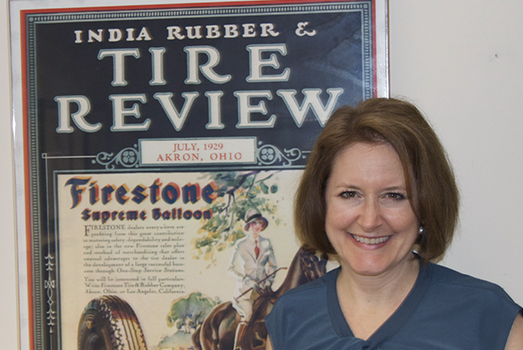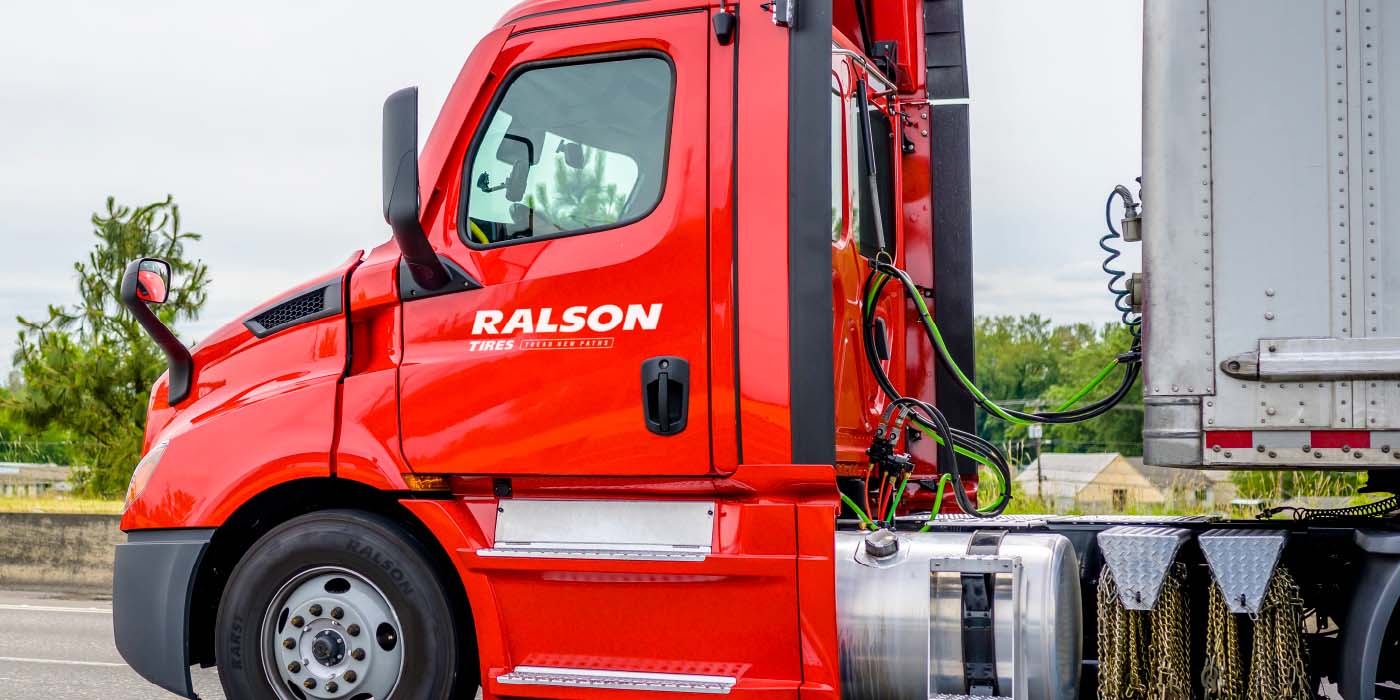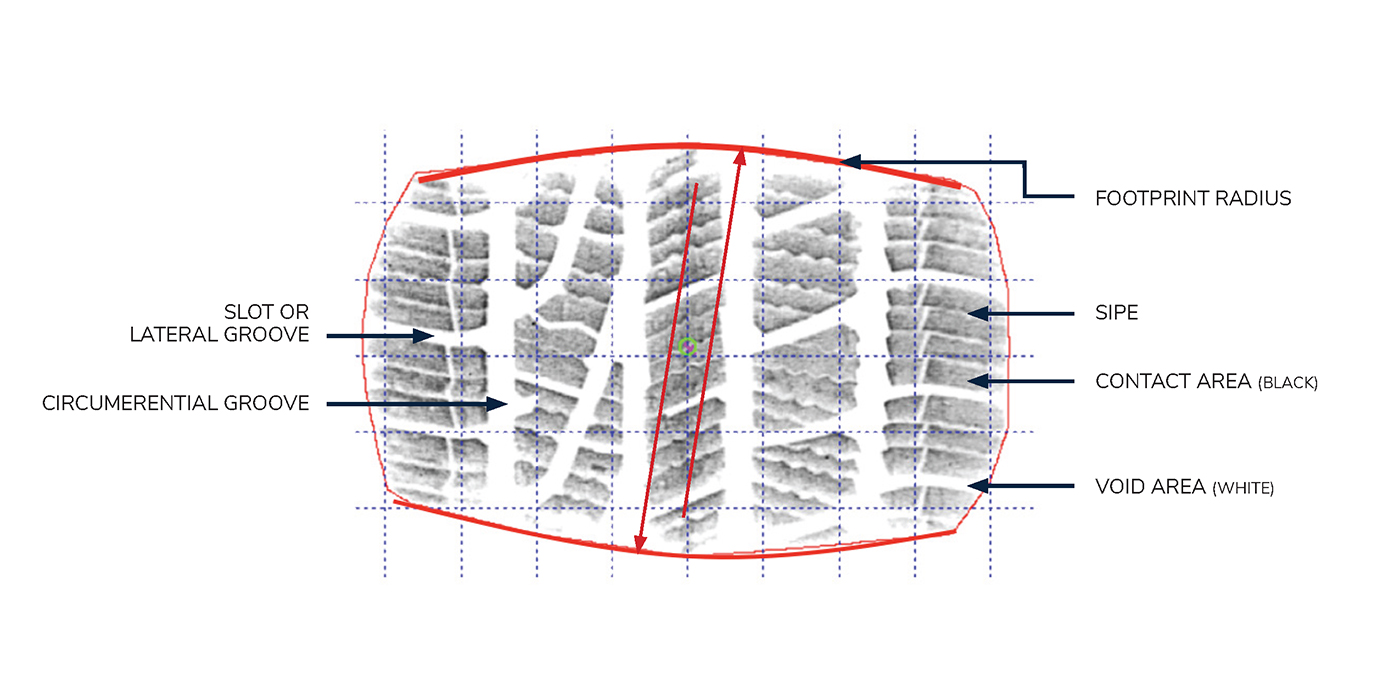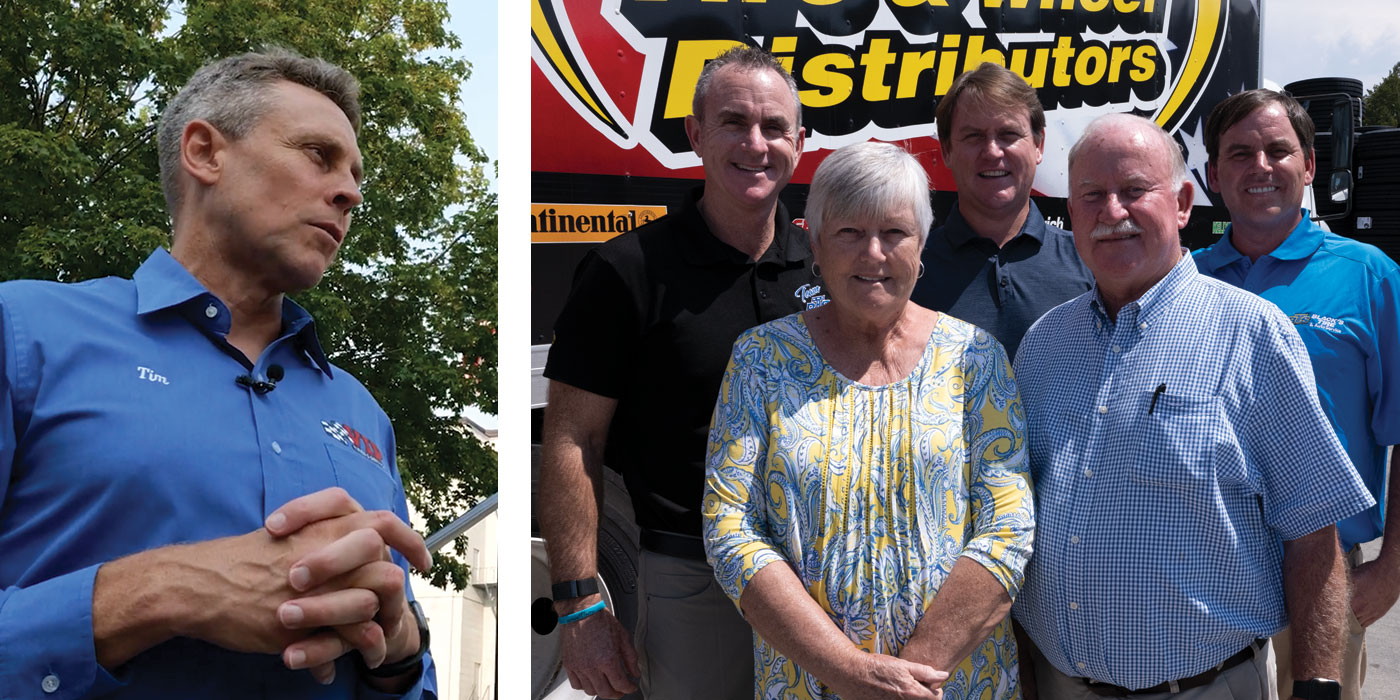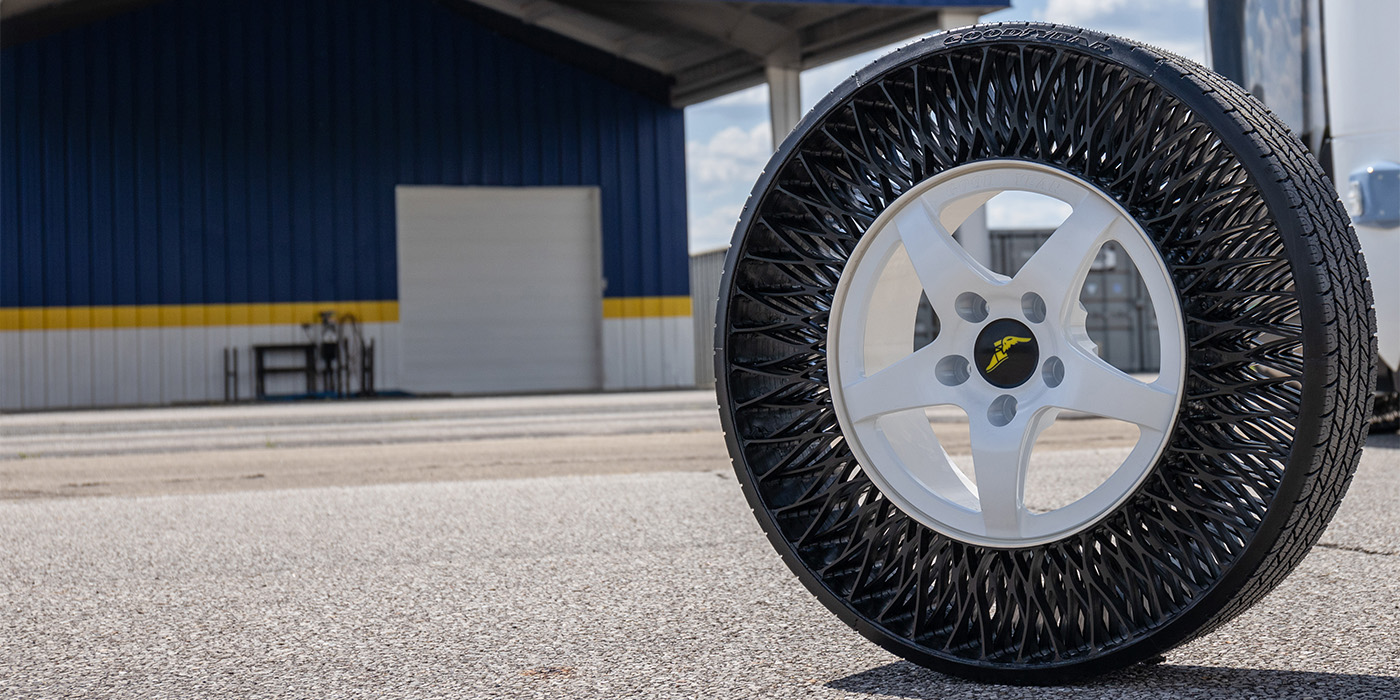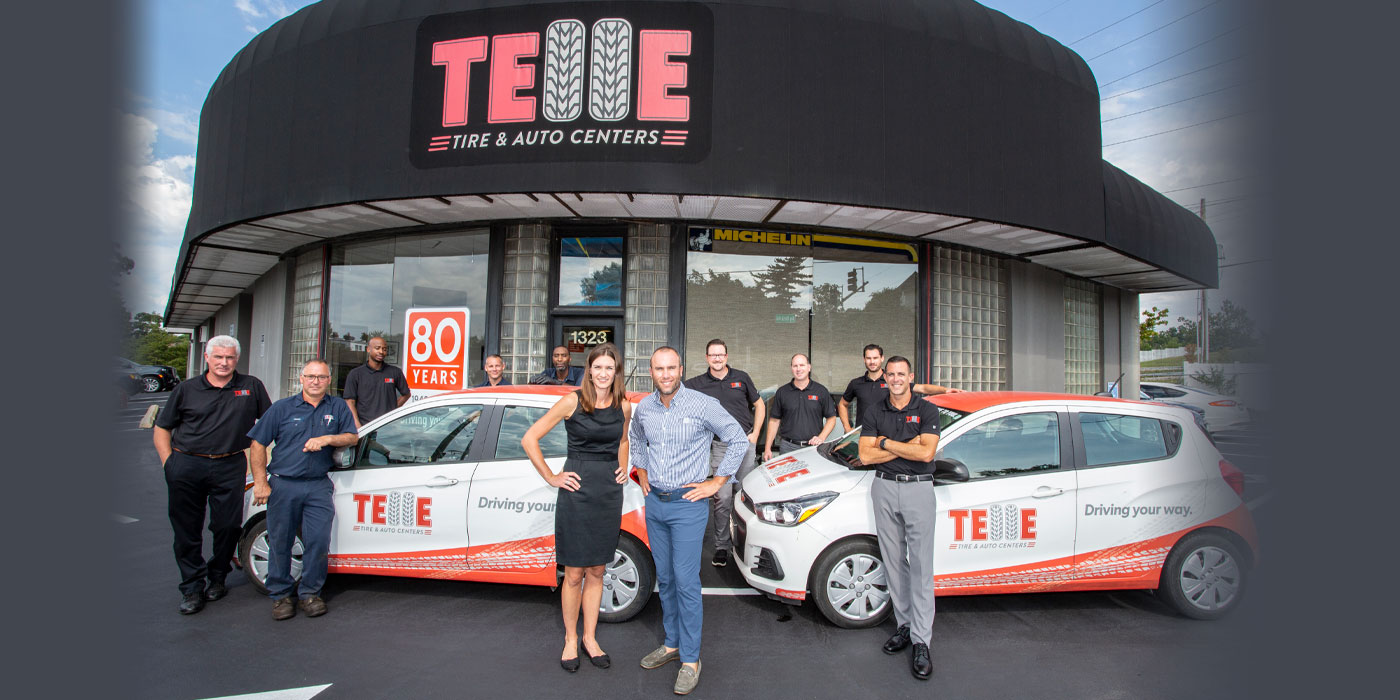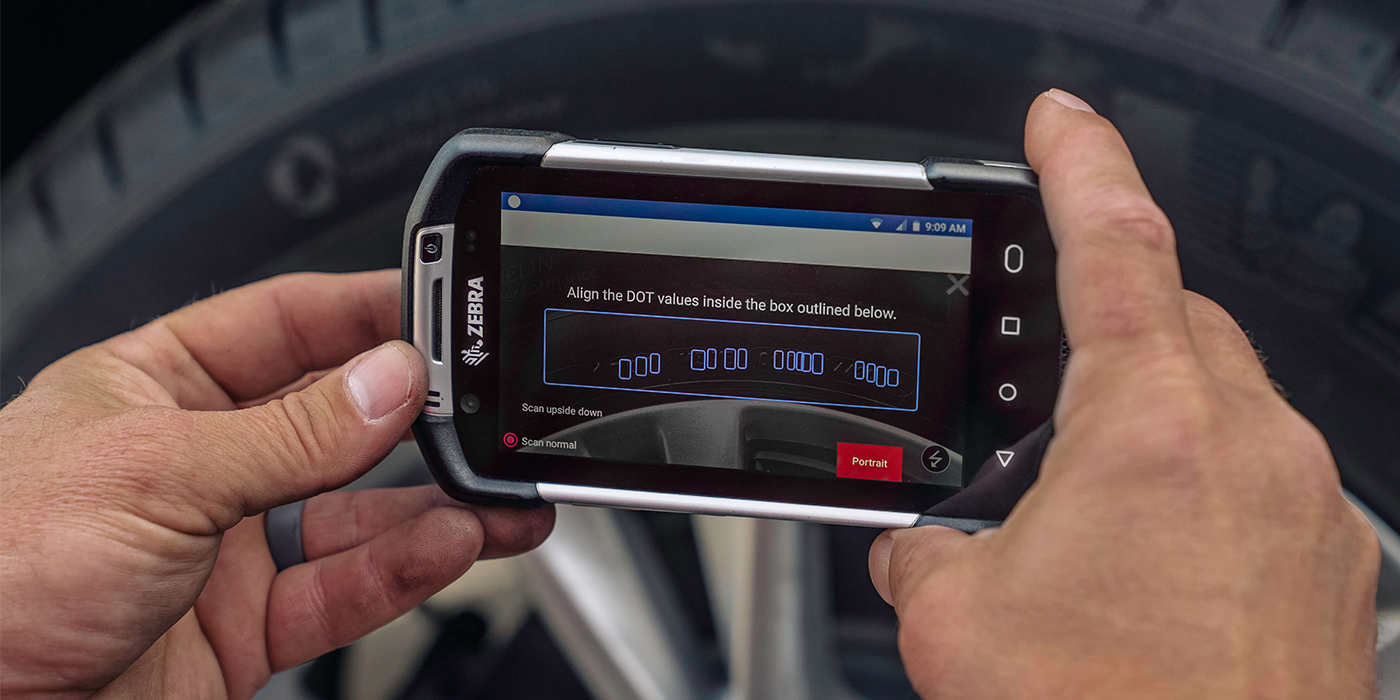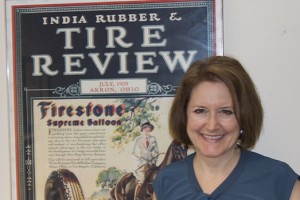 For the past six months, I’ve been lucky to travel across North America and spend time with tire dealers, distributors and manufacturers at various events and conferences. The theme I hear most is that “change is upon us,” and independent tire dealers who embrace the trends and position themselves well are the ones who will find the greatest success.
For the past six months, I’ve been lucky to travel across North America and spend time with tire dealers, distributors and manufacturers at various events and conferences. The theme I hear most is that “change is upon us,” and independent tire dealers who embrace the trends and position themselves well are the ones who will find the greatest success.
The reality is that embracing change isn’t always as easy as it sounds, especially when you return all fired up from an event and have to translate those out-of-the-box ideas to the blank expressions of those on your management team back at world headquarters.
Creating a “culture of change” can make it easier to stay agile and ready for what’s next.
But how do you do that?
The culture within an organization is most influenced by its leaders (that’s you) – and by those who have led in the past. It’s the habits, history and expectations blended together to make the “how we do things around here” a daily reality. I’m reminded of the sign in Bubba McMahon’s office at McMahon Tire in Fort Wayne that reads, “Culture Eats Strategy.” Translated: Even though leadership may try to implement specific changes, without a corporate culture to support that vision, you’re facing an uphill battle.
Of course, leaders within an organization may not necessarily be those who hold the highest title. It’s often other influencers below management who provide the undercurrent and attitude that fuels the success – as well as the death – of new ideas internally.
When you hear “But we’ve always done it this way” as the constant response to suggestions for innovation, you probably have a problem with your culture – one that needs addressed before its cancer eats away at the potential for future growth.
So as the owner of a successful tire business who wants to continue to grow, let’s look at what you can do personally to get your people energized and build momentum in a direction that’s different from the path you’re currently on, shifting your current culture into one that better embraces change so you can move forward faster.
Three suggestions: Start more fires; break things, and make friends with your shadow. Let’s look at each.
Be a fire starter. Fire starters are innovators – people who are passionate and energized by change and new ideas. That positive energy can be contagious. When you see your managers and technicians resistant to change and cozy in their rut, digging in their heels in to any new ideas, a fire starter is the one to spark a better attitude and stronger passion toward new ideas. Invite them to have input when sourcing fresh ideas. For example, if the goal is “to make it more convenient and fun for customers to leave their car for the day to be serviced,” whiteboard ideas with a cross-section of your team so the enthusiasm toward your goal (“better customer experience”) catches fire with their involvement. The most important part of being a fire starter is finding ways (inclusion, incentives, competitions, etc.) to spark buy-in from across the organization.
Break things. In the early days of Facebook, the mantra of developers was to “Move fast. Break things.” Those words were designed on posters and used as a rally cry around the risks that go with change – and as a “get out of jail free” card when those big hairy ideas don’t work. The result was a corporate culture of speedy and fearless innovation – resulting in the eventual dominance of the online space. With 1.79 billion monthly active users of the platform globally (which translates to 1 in 4 people on the planet logging into Facebook each month), the approach seems to be working.
At the Bridgestone dealer meeting in November, speaker Ryan Estes touched on similar ideas when he recommended “continuous reinvention.” According to Estes, that means “destroying your business before the competition does it for you.” He recommends getting over your fear of failure to take bold, aggressive action to differentiate your business in a profound way. How do you do that? By delivering to your customers a little more than they expect from you each time so you become “remarkable,” and something worth sharing with others.
Watch your shadow. Like it or not, as a leader you cast a shadow – a “presence” perceived by others within your company. Your energy, actions, mood, habits and responses to day-to-day concerns outweigh those memos, policies and priorities you try to push internally. Your shadow is based on the example you set. Culture may eat strategy, but your shadow of leadership directly impacts those who work within that culture.
As you sit in the parking lot before walking into work, ask yourself: Am I bringing my best self to work with me today? Be present and mindful in your interactions. Be aware of the shadow you cast.
Let’s say you walk in, mumble hellos and shut the door to your office. The truth may be that you’re trying to hide the fact that your mouth is packed full the last bite of donut you were sneaking. And you had to call the caterer to confirm the menu for your wife’s surprise birthday party this weekend. But your staff sees you as non-communicative, secretive and intense – that something must be wrong, probably because of “that thing” that happened two weeks ago and the “stuff” is about to hit the fan. Your real self may be a diet-cheating, party-throwing husband, but that’s not what your people see. Their perception is your reality.
Your shadow can brighten the path to a culture of change – or unintentionally smother it.
Do you support a culture of change at your business? Are your providing space for innovation and new ideas? If so, I’d love to hear from you. Email me at [email protected].

